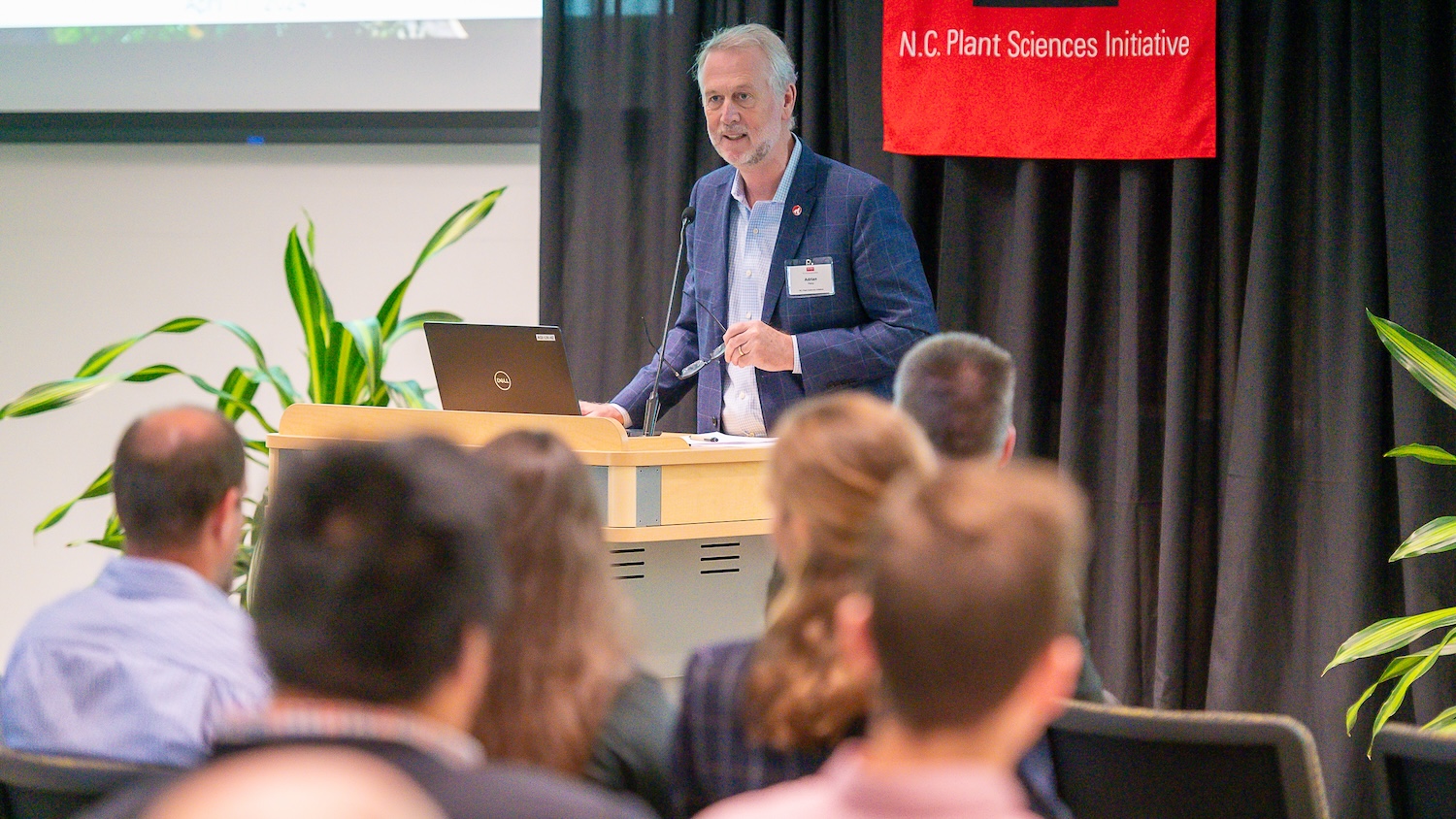You Decide: Is ‘NCFIRST’ Up to the Task?

By Dr. Mike Walden
A couple of weeks ago I had plenty of time – specifically 30 hours – to consider our travel system up close. My wife likes to call it a trip to honor her late sister, who unexpectedly passed. The sister left three cats, and it was our job to transport them from Raleigh to near Buffalo, New York to live with a cousin.
We left shortly after 4 a.m. to avoid peak morning congestion in Raleigh, but still encountered a large number of commuters doing the same thing. In Virginia we had open-field running on I-81 through the beautiful Shenandoah Valley. But in Maryland and Pennsylvania we had to swerve several times to avoid potholes or big cracks in the road. The cats let us know they didn’t like these abrupt moves. On the return trip we purposefully went around the parking-lot pace of DC traffic and spent the night not too far from Fredericksburg.
On the positive side, the trip reminded me of how relatively quickly we can get around our state and country. I can still remember my paternal grandfather telling me about the unpaved rutted roads he travelled in Ohio where making a trip of 50 miles in a day was considered good.
Yet on the negative side, it’s clear traffic congestion is a big issue. Many commuters are forced to leave home well before dawn to beat traffic backups on their way to work. Or – if they’re not early risers – drivers can easily spend two, three or even four hours on their round-trip daily commute. Also, funding for road maintenance and construction often doesn’t seem adequate to relieve the congestion and fix the potholes.
North Carolina is aware of these problems and wants to get ahead of the curve in solving them. Over the next two years a new commission – the NC FIRST (Future Investment Resources for Sustainable Transportation) Commission – will be meeting to study these issues and make recommendations. I am honored and thrilled to be one of the fourteen Commission members.
Many experts think our transportation system is undergoing its biggest changes in more than a century since the introduction of the automobile. These changes are being prompted by three forces – new fuels, new technology and new living patterns.
When I received my driver’s license over 50 years ago, virtually all vehicles were powered by gasoline. The dominance of gasoline allowed governments to set up a very efficient system of financing roads – the gas tax. Since everyone pumped gas to fill their tank and drive, government could piggy-back on the gas price by adding a tax. Each time you filled your tank, you paid the tax. This resulted in an easily managed and consistent flow of transportation tax revenues going to governments.
Times have changed. Now we have a growing number of non-gasoline powered vehicles like electric cars. We also have vehicles powered partly by gas and partly by stored electricity called hybrids. And on the horizon are other alternative fuels, like natural-gas and hydrogen, to potentially power vehicles.
Our gas tax system of funding roads won’t work with these alternatives. So what do we do? Some have suggested special annual fees on vehicles powered by alternative fuels. But how would the fee be determined? Could it be related to miles traveled? And if the alternative fuels are less polluting, should this factor also be considered in any fee?
We largely still have an economy where highway travel using individually-controlled cars and trucks dominates. But will – and should – this continue? Today technology is being perfected to allow self-driving (autonomous) vehicles to be a reality. Promoters see two benefits to these sci-fi-like vehicles. First, it would allow riders to do other things (work, sleep) while commuting, thereby making commutes less onerous. Second, self-driving vehicles have the potential to make driving safer and more efficient as the vehicles “talk to” each other and coordinate driving patterns.
In fact, some analysts see the efficiency of self-driving vehicles reducing the amount of road construction that will be needed. Others disagree, claiming that if riding an autonomous vehicle is more enjoyable than driving a vehicle, then vehicle use will increase.
Transportation is also greatly impacted by living patterns. In recent years, more people are living in denser, urban counties close to new jobs in technology and finance. This is especially true for young households. This trend supports transportation modes like light rail, ride-sharing and even scooters.
Yet, the question is whether these location choices will change as younger generations age, have children, and seek a slower, quieter lifestyle. This possibility suggests transportation plans need to be flexible and adaptable.
The NCFIRST Commission will consider all these issues and hopefully outline workable solutions. When the Commission issues its final report, you’ll have to decide if the Commission met that goal. In the meantime, you can follow the Commission’s meetings at:
https://www.ncdot.gov/about-us/how-we-operate/finance-budget/nc-first/Pages/default.aspx.
Walden is a William Neal Reynolds Distinguished Professor and Extension Economist in the Department of Agricultural and Resource Economics at North Carolina State University who teaches and writes on personal finance, economic outlook and public policy.
- Categories:


